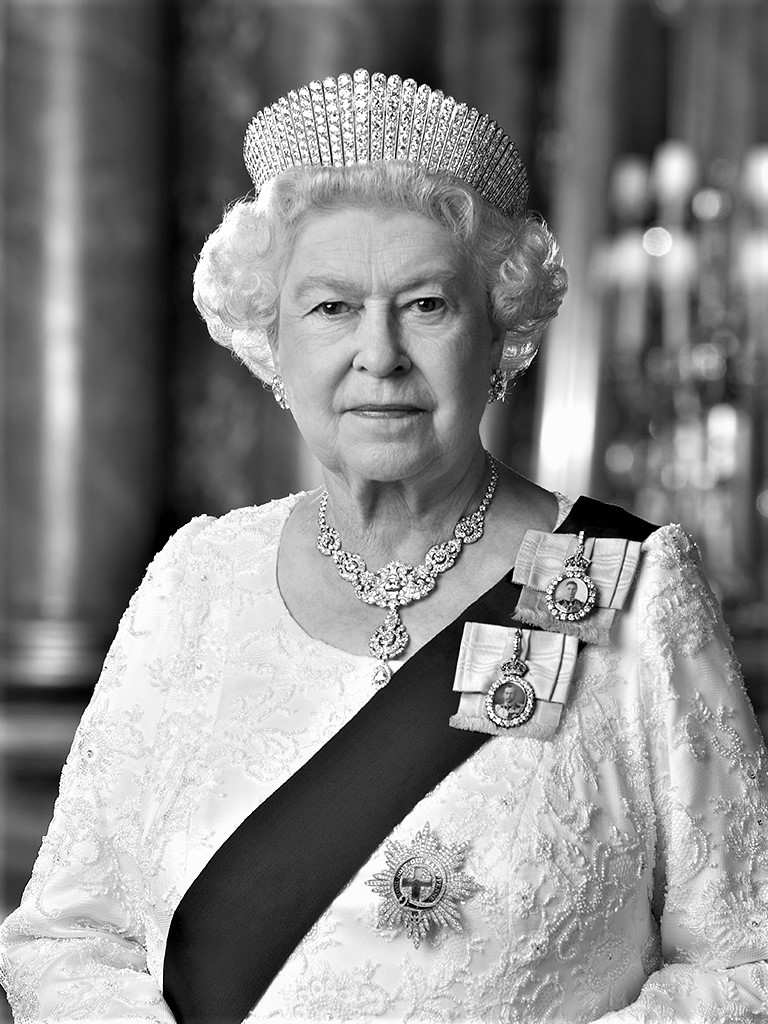Glucose monitoring

In general, the aim for children with diabetes should be to keep blood glucose between 4 and 7 mmol/l. It is common to see occasional blood glucose levels much higher than 7 but this should not be the norm.

Blood glucose targets
When to measure blood glucose
It is important to measure blood glucose regularly in order to know what it is and whether it is within the correct range. Blood glucose measurement is done using a finger-pricking device to obtain a small drop of blood. This is then transferred to a measurement strip inserted into a blood glucose meter.
Your target for blood glucose checking is 4-7mmol/l.
Blood glucose checking should be before eating and before bed. This means approximately 4-6 checks per day. Sometimes your diabetes team may advise checking at other times of the day, for example, after food or overnight.
Your target for blood glucose checking is 4-7mmol/l.
Blood glucose checking should be before eating and before bed. This means approximately 4-6 checks per day. Sometimes your diabetes team may advise checking at other times of the day, for example, after food or overnight.
How to measure blood glucose
Wash hands with soap and water and dry fully before checking.
Prick the side of the finger using a finger-pricking device. Avoid the pad of the finger as the skin is more sensitive here.
The finger-pricking device contains lancets. Lancets are single use only and a new lancet should be used for each check.
We recommend that you only use fingers to check for blood glucose. This is because using other sites may not be as accurate. Be sure to use different fingers to check for blood glucose to allow the fingers to heal properly.
Prick the side of the finger using a finger-pricking device. Avoid the pad of the finger as the skin is more sensitive here.
The finger-pricking device contains lancets. Lancets are single use only and a new lancet should be used for each check.
We recommend that you only use fingers to check for blood glucose. This is because using other sites may not be as accurate. Be sure to use different fingers to check for blood glucose to allow the fingers to heal properly.
What to do with the blood glucose result
Simply checking blood glucose will never change the result - but knowing the result allows sensible choices to be made. This is covered in detail in the section on food. There is also information on what to do if your blood glucose is high or low; if it’s before or after sport; or if you are unwell for any other reason.


